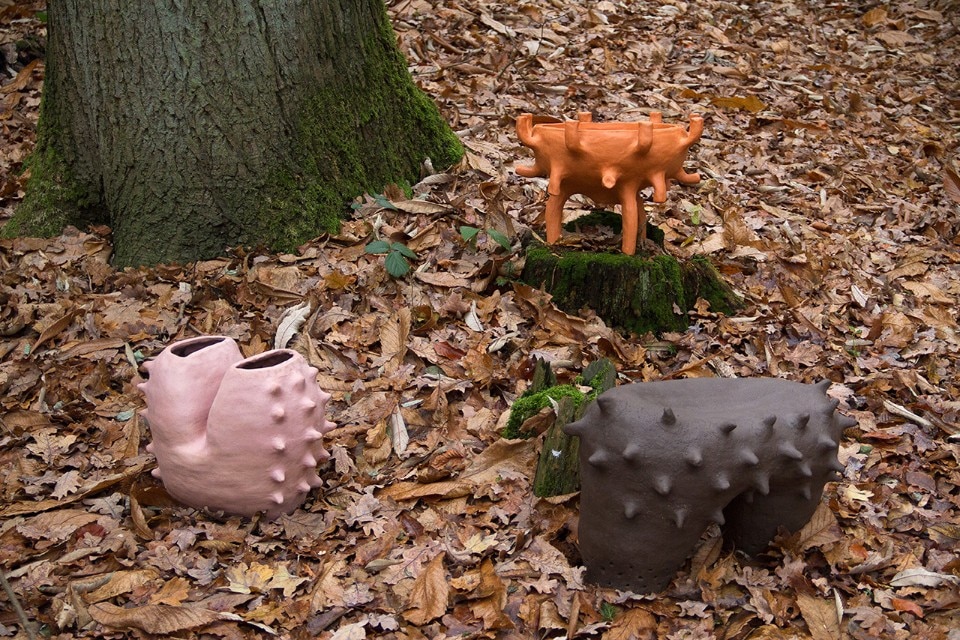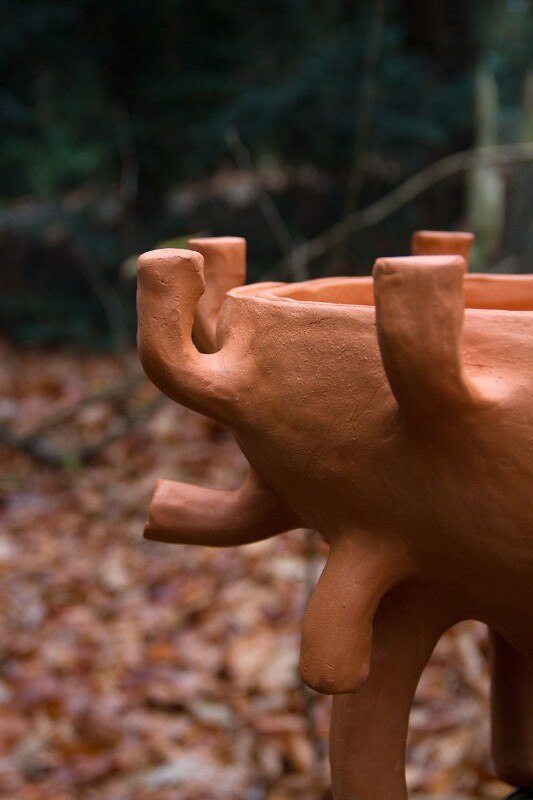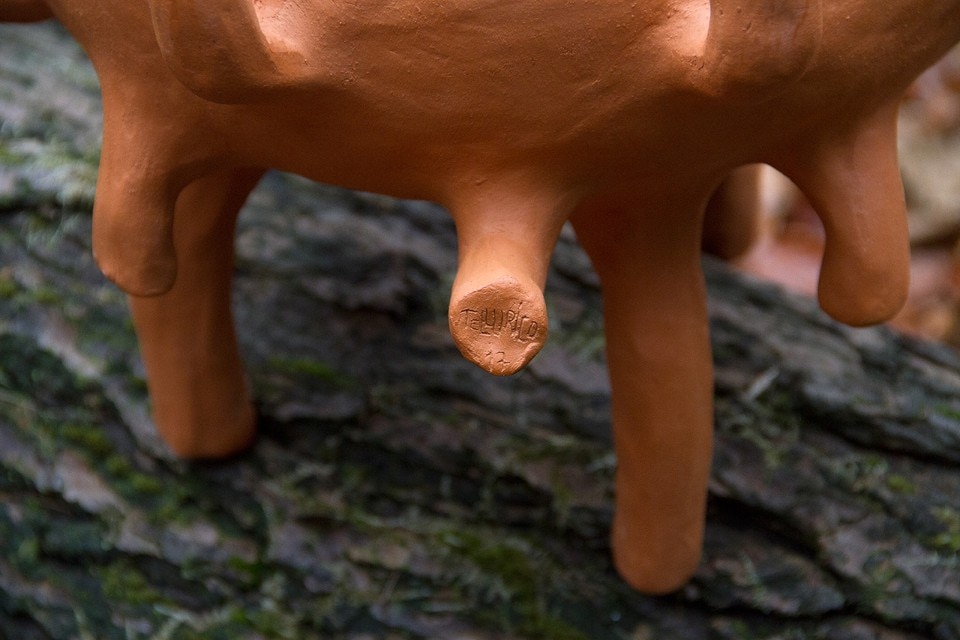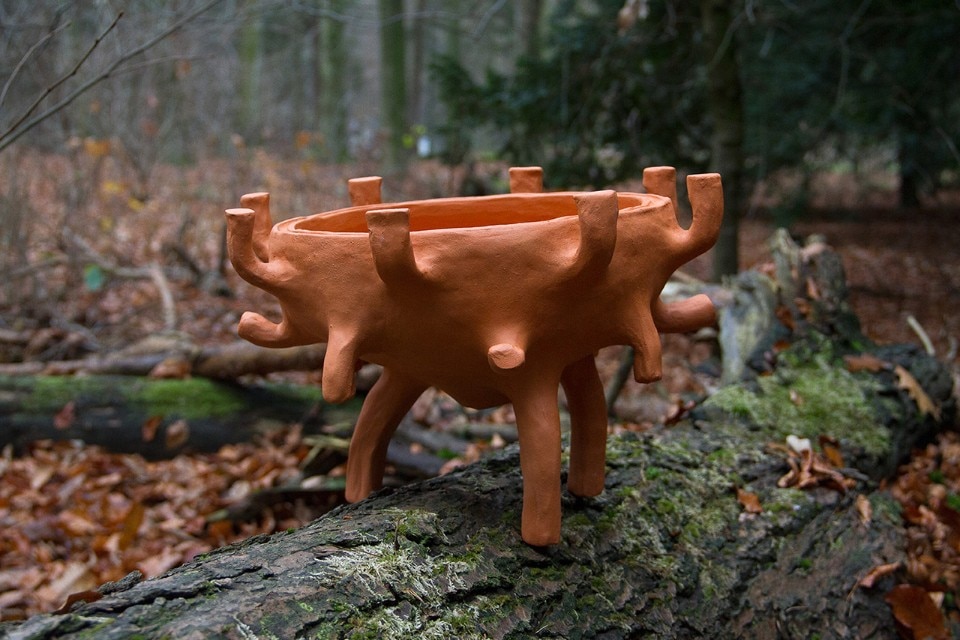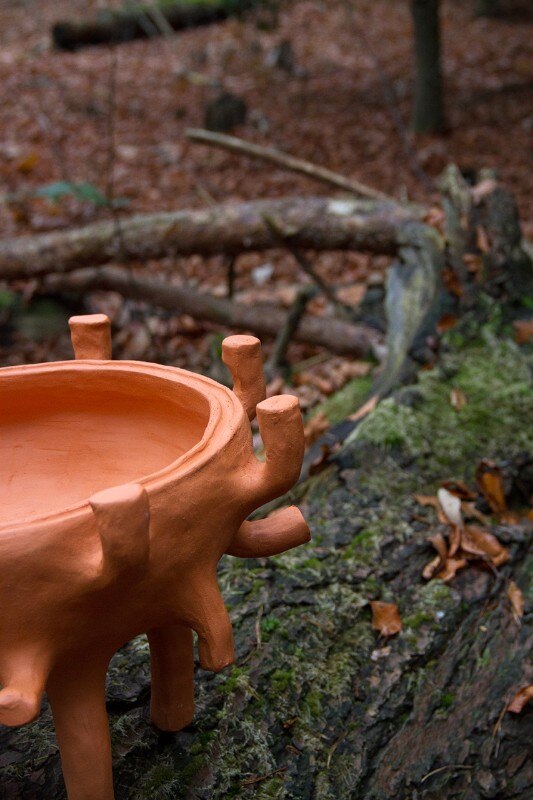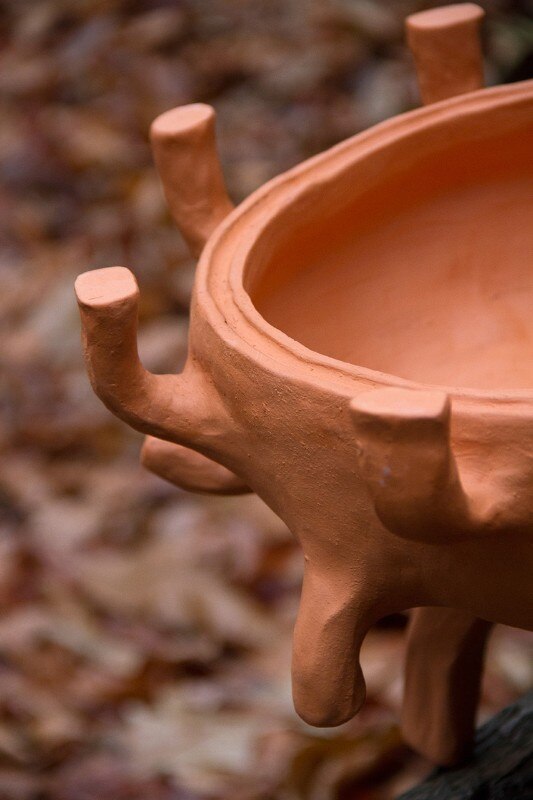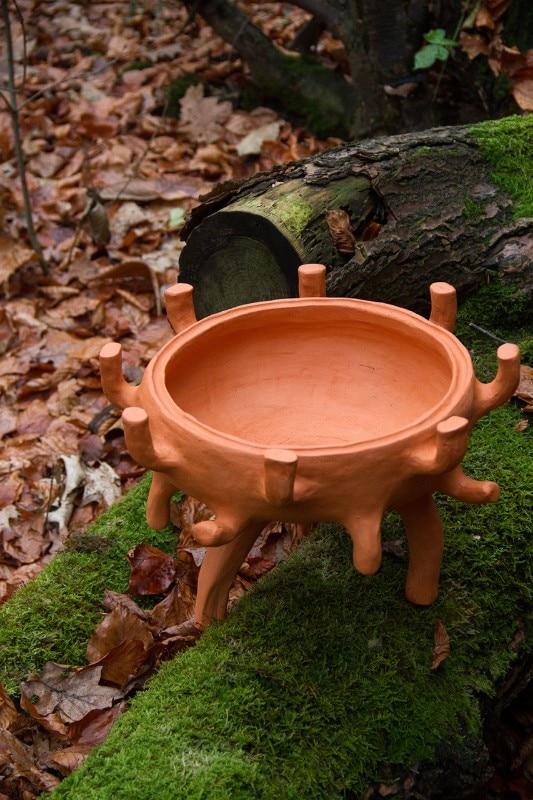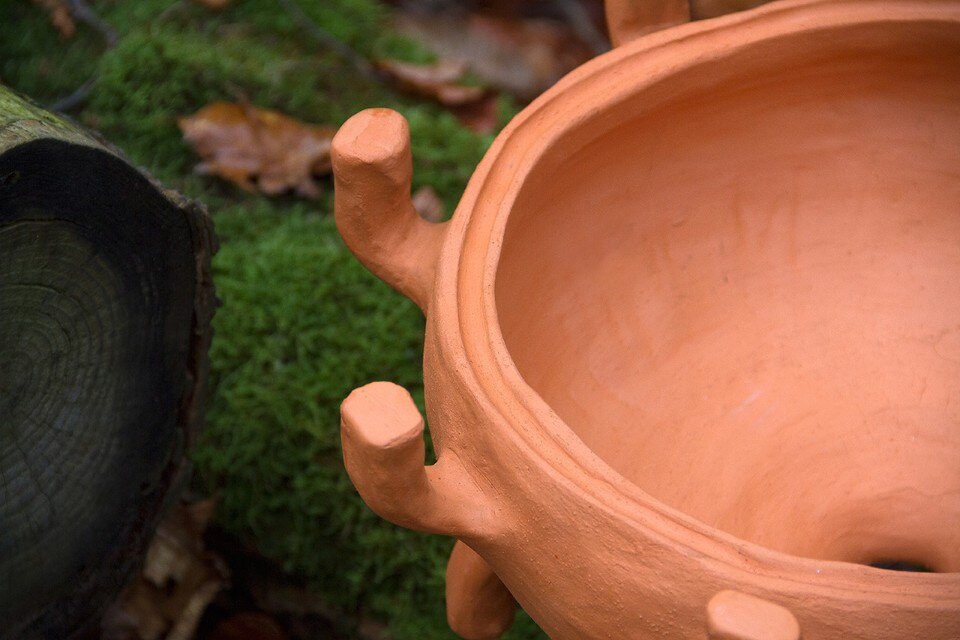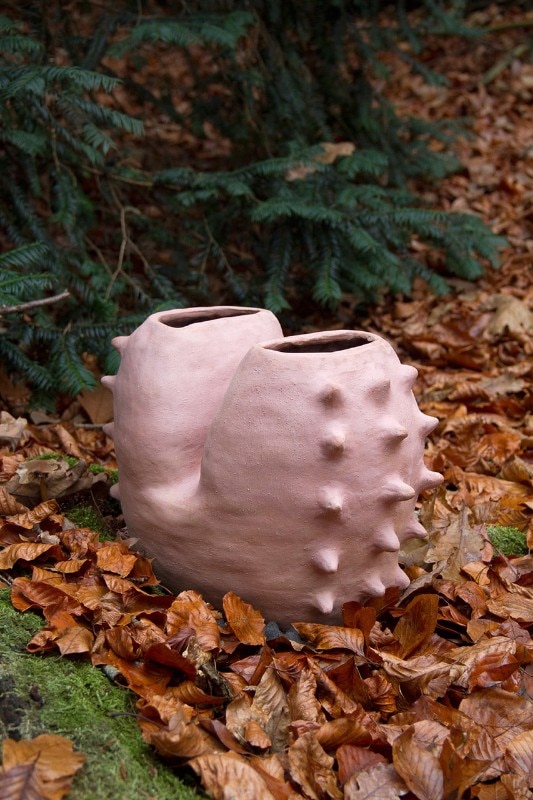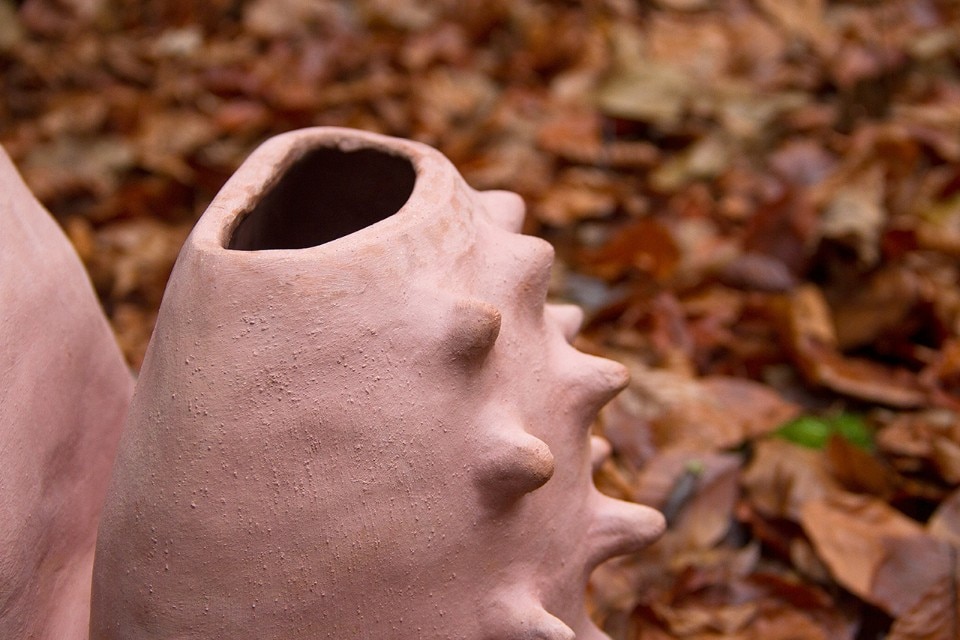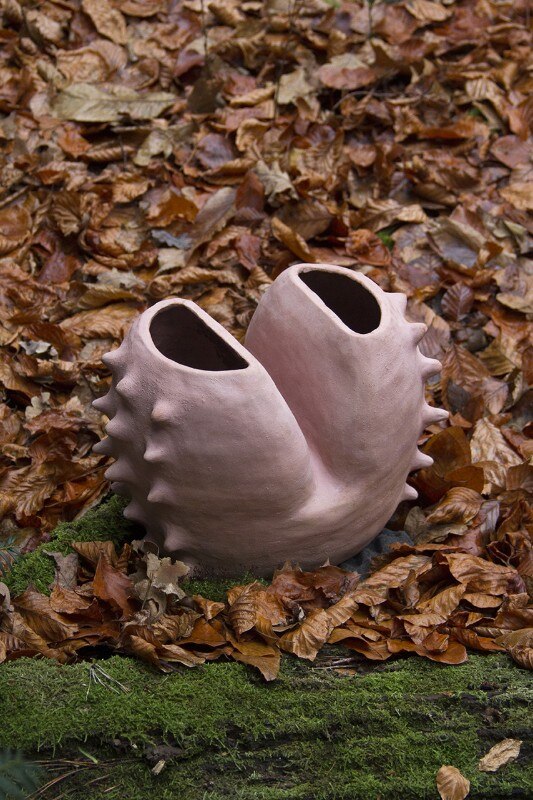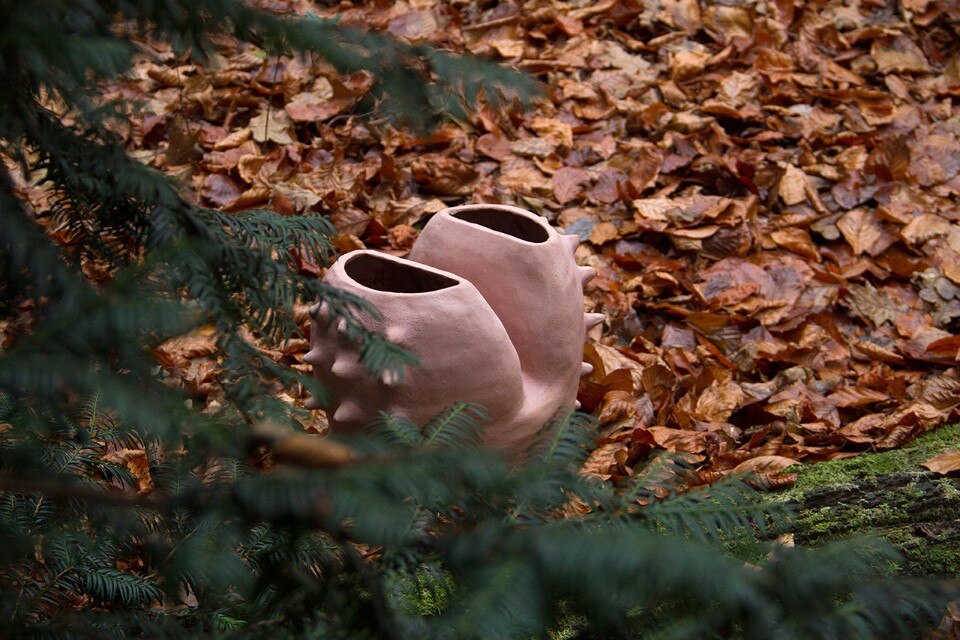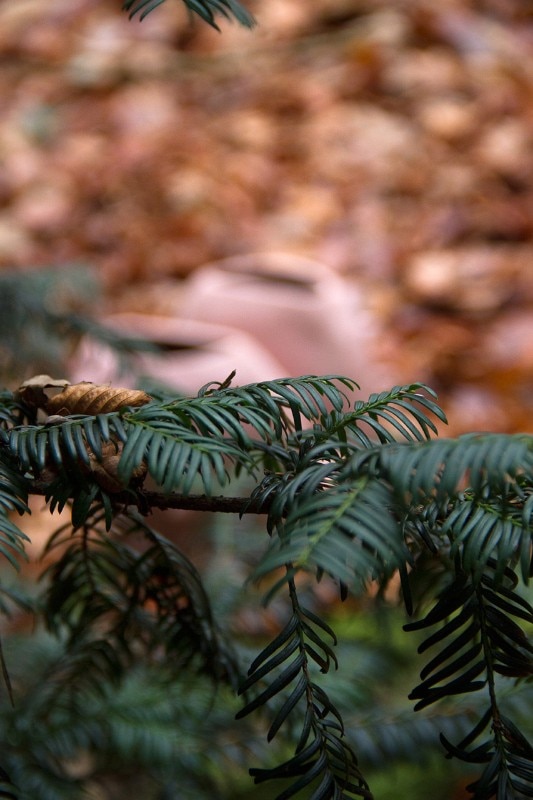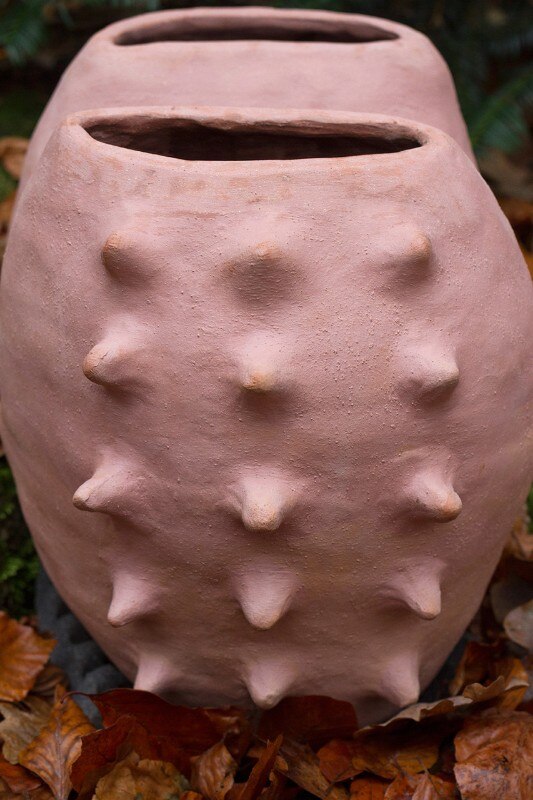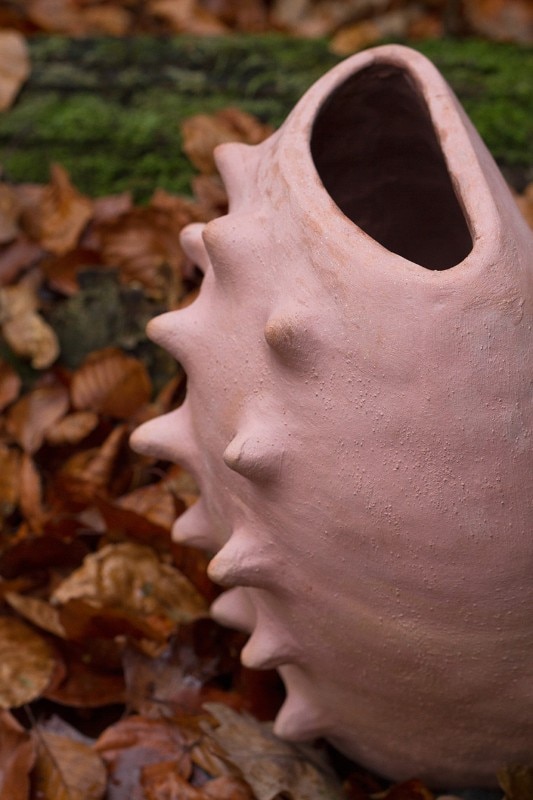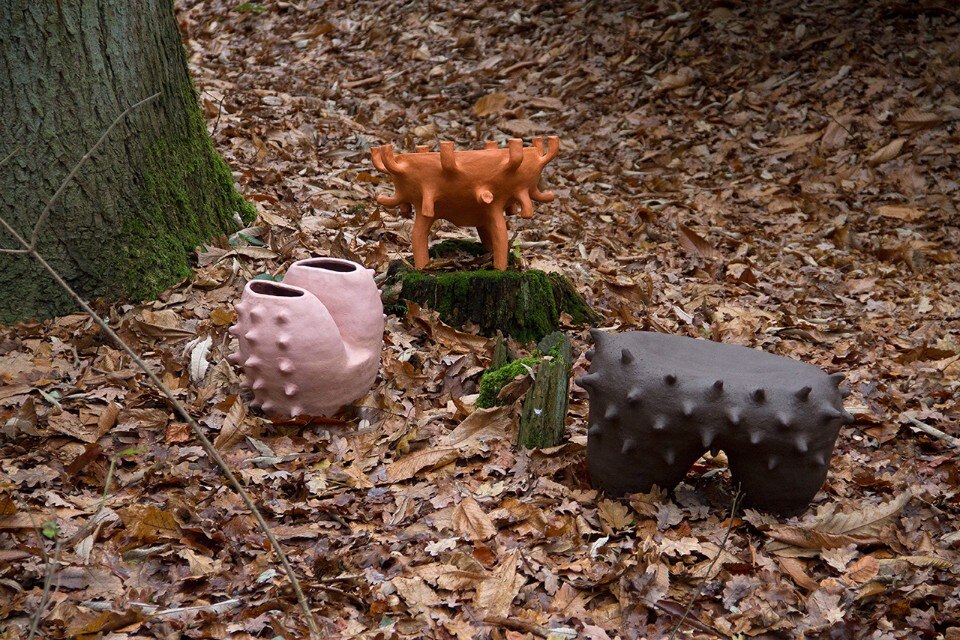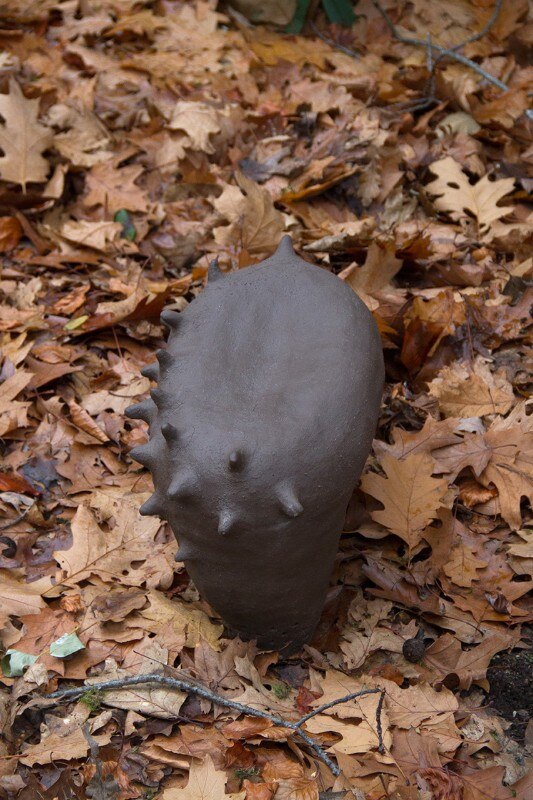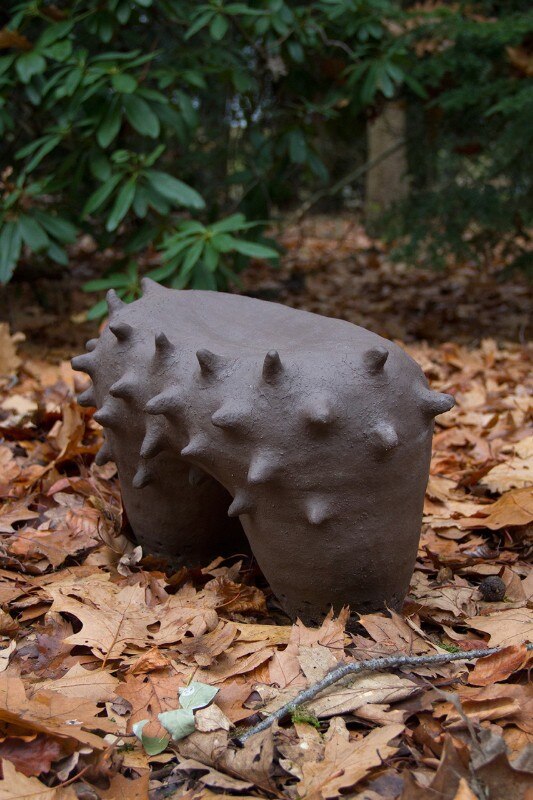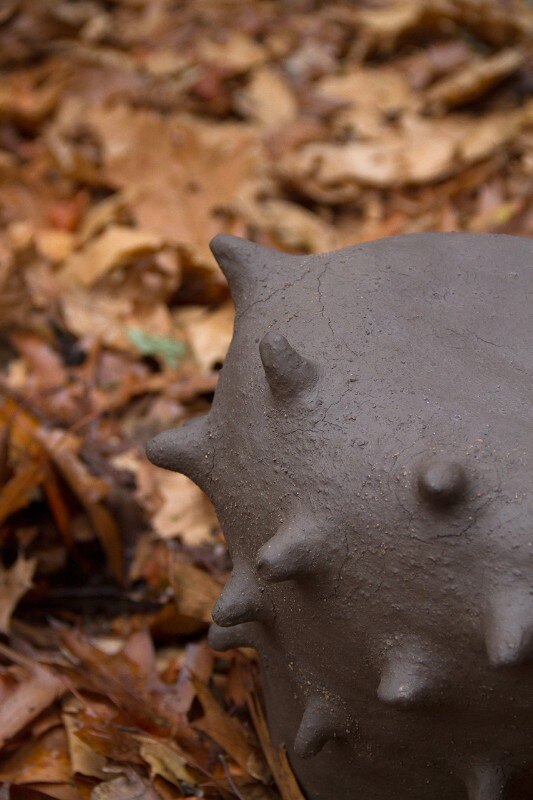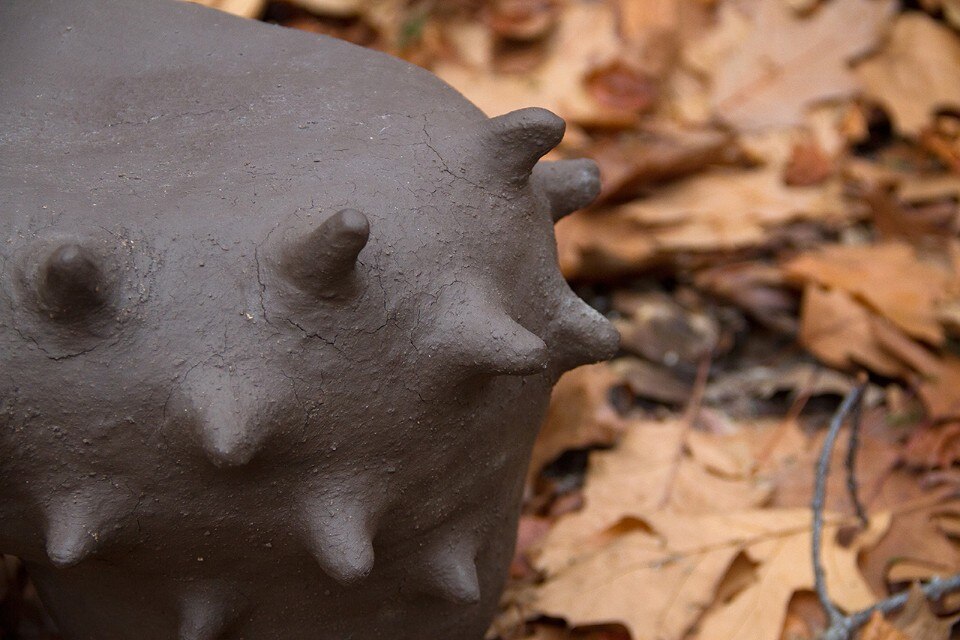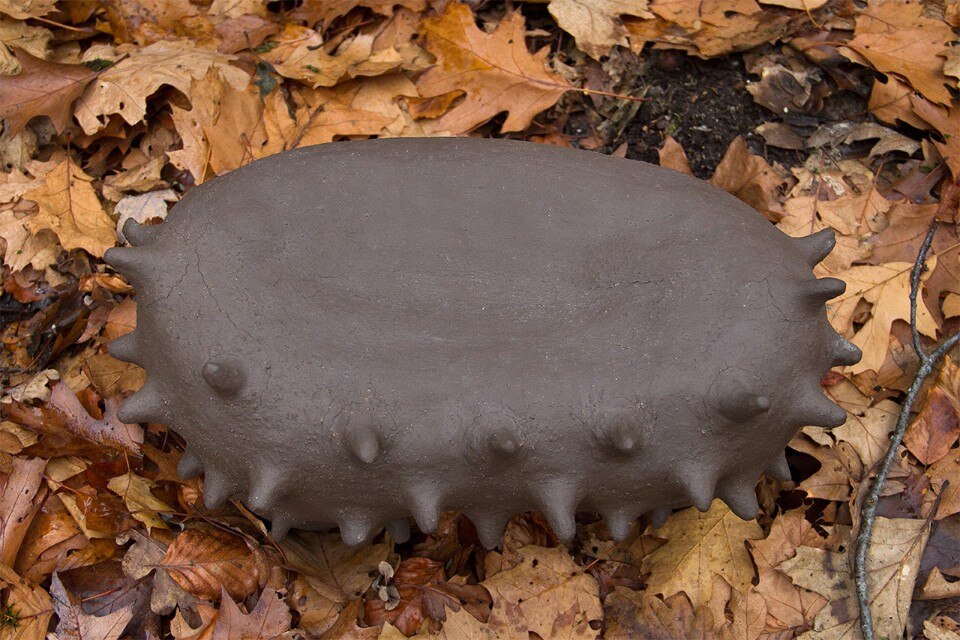The work of Francesco Pace (Pozzuoli, 1985) is intimately tied to the land in which he grew up, the area of the Campi Flegrei, even after having studied in Milan, Berlin and Eindhoven, where he now lives and works.
It is no coincidence that the name he has chosen for his new project is Tellurico. Having initially concentrated on video and photography, he then moved on to casts and moulds. His work now focuses on the use of lava stone in ceramic materials. The final outcome of the work and the research into materials contaminate each other, as is the case in his recent work, “Era una vita che non sognavo”, which he will be presenting during Milan Design Week at Alcova, together with the studio Salvatore Lanteri.
Moving away from Pozzuoli was another reason to study and appreciate the place where I grew up.
What role has the place where you grew up in played in your work as a designer?
It has been fundamental for me! At least as important as it was to leave. Moving away from Pozzuoli was another reason to study and appreciate the place where I grew up. Living on top of a gigantic active volcanic caldera, surrounded by twenty-four craters, leads you to establish a different order of proportion and priority. It transmits a sense of uncertainty, while at the same time leading to an increased inclination to adapt. You tend to take for granted certain natural processes that are seen by others as dangerous, and this has had a great influence on my work. My most recent research – which examines the possibility to treat lava stone as a ceramic material – is a confirmation of this.
You attended both the Politecnico di Milano and the Eindhoven Design Academy, schools which have very different approaches. What do you think you have taken from each one?
I think that such different educational styles helped me to have a wider view of design. With the Politecnico, I was able to develop what they define as “a systematic vision of design”, where different factors are introduced into the creative flow, such as artisans, companies, manufacturing technology, materials, clients, final users, and so on. The Academy, on the other hand, gave me the opportunity to investigate the emotional side of design. What a shape, a surface, a material or a colour can transmit in terms of meaning. I felt lucky to have had the opportunity to experience diametrically opposed points of view regarding design.
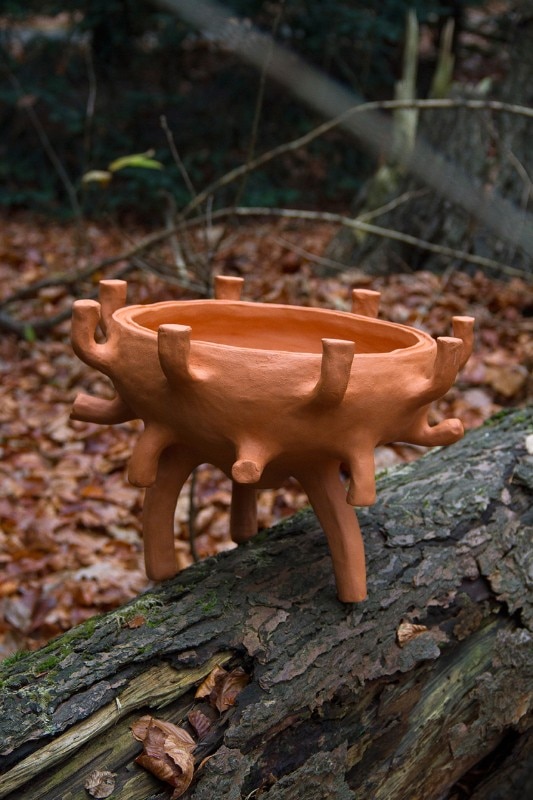
What encounters have had a role in forming the way you consider design?
I couldn’t say for certain. Every encounter, in its own way, has had an influence on my work. I definitely learned a lot in the period in which I was at Formafantasma, above all in the managing of design, but perhaps one of the people who have had the most influence on my approach is Maarten Baas, my mentor at the academy. Not so much from the stylistic point of view, I don’t think we have so much in common, but from a human point of view. You don’t expect certain attitudes from someone who, at the age of 24, already had his own one-man-show at the Moos Gallery in New York. Instead he is open, pragmatic, encouraging. It is as though, unwittingly, he taught me to give design a more human touch. This has helped me a lot, above all in interacting with others. And to think that he even failed me on his course!
Your work appears to express a constant desire to relate to places – or environments, as you like to call them – through your working instruments. What do you attribute this relationship to?
I think there is a strong relationship between design, and the places in which we live, much more than in other disciplines, and I believe that an examination of this relationship is in some way a common thread in my work. It is a way for me to understand the contemporary. Often, thanks to my work, I find myself developing projects in other countries, consequentially collaborating with artisans or companies that work with technology that is new to me, or that follows different production or processing rules. I like to adapt my approach to these differences, creating new dynamics which often lead the project to produce unexpected results. I think that design should be approached in a more fluid and less rigorous way.
I think the relationship between design, and the places in which we live is in some way a common thread in my work.
Research into materials is a structural component of your work, which in some cases becomes almost artisan in nature. What is relationship is there between materials and form in your work?
For me it is a relationship of mutual exchange. At times it is the form which dictates how the material should behave, but more often than not it is the material which imposes limits on the form. I am trying to avoid this happening in my latest work. I am using lava stone in combination with a wide range of ceramics, trying to use the material with different techniques. I want to try and have a material which can be adapted to different production processes. A material which can be used with 3D printers or worked through casting.
What relationship do you feel exists nowadays between design and crafts?
In recent years it seems that there has been a decisive return of design to the world of crafts, and this, in my opinion, is a very positive move. Traditionally, Italian artisans have made an important contribution to the discipline, not only with the creation of design icons, but also in the development of new production techniques. However, at the same time, every time I work with an artisan, the problem is always the same, the lack of a new generation to which to pass knowledge on to. I think the time has come for the design community to offer something more to the artisan community. We need to begin to spread the message that artisans have a role in design which is on a par, if not at times superior to, that of the designer.
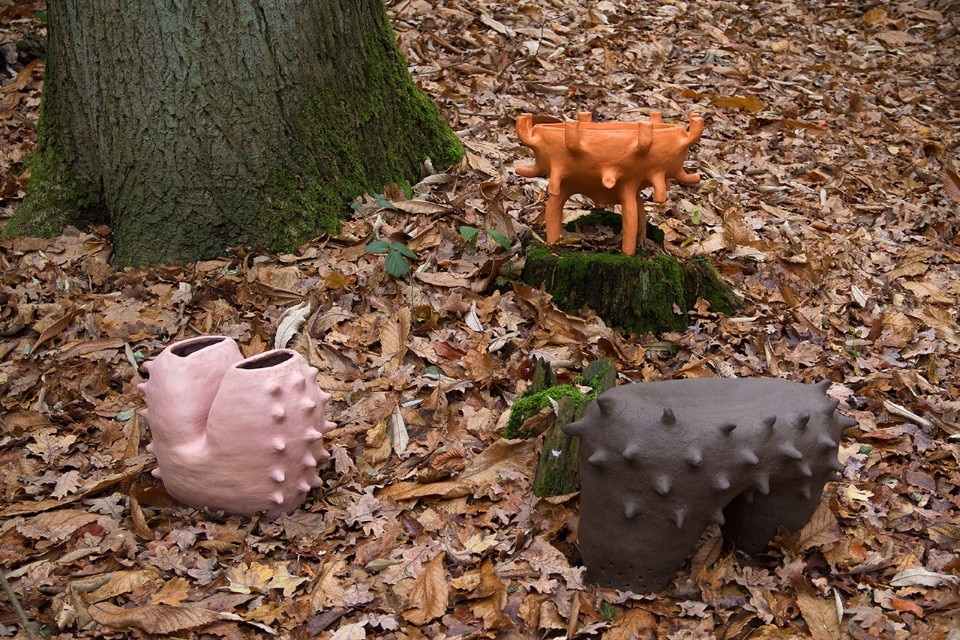
For the collection “Era da una vita che non sognavo”, you make a reference to dreams and myths. What role does narrative have in your designs?
In my designs, and in particular in “Era da una vita che non sognavo”, narrative has an essential role. The objects are not so much the final objective as a means to present the idea that they generate. The desire now is to continue this project and develop a veritable language, creating new objects though the use of different techniques. I believe that we are surrounded by products, and one of the few factors which can make a difference is the story that we tell.
What are the lines of research that have brought you to this current point?
In this moment I am extremely focused on Tellurico, and on research into volcanic materials. For now, I have managed to develop three enamels for ceramic with have lava stone as their base ingredient, and I am working on the combining of porcelain paste and fragments of lava. The idea is to push this research to the extreme, seeking to have a range of ceramic materials which respect common parameters. Until now, the results have been positive, both structurally and aesthetically. I feel I have a positive level of control over the production process. However, at the same time, it is the first time that I find myself handling such a wide range of data, which include different media, and it is extremely stimulating. For now, I don’t know if the creation of a collection of objects is the way to go, but it will certainly not be the final phase of this project. The first results of this research will be exhibited at Alcova during Milan Design Week, with the Salvatore Lanteri gallery.


